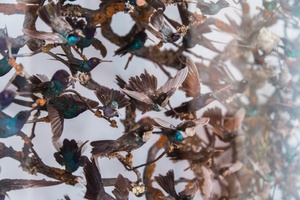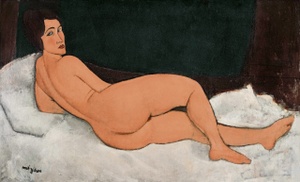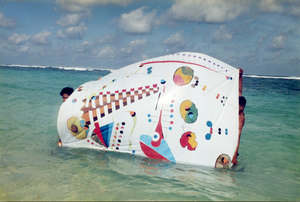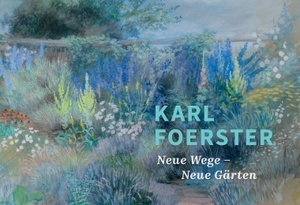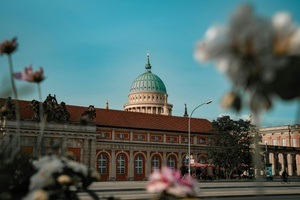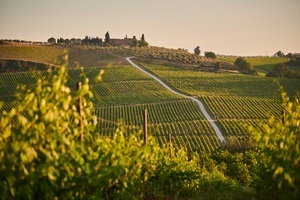In der Spur des Menschen
In the organizer's words:
Biological invasions
How did the raccoon get to Brandenburg and what is the giant knotweed doing in our gardens? There are more than 2,000 non-native animal, fungi and plant species in Germany. Alien species not only threaten biodiversity worldwide, but can also have far-reaching consequences for humans. The exhibition raises awareness of the global phenomenon of biological invasion: not only are humans mobile worldwide, but so are animals and plants.
Over 50 animal species are on display in three exhibition rooms, including the common porcupine, which was brought to Europe in ancient times. Also on display is the Australian Bennett's kangaroo, which was introduced to English parks in the 19th century and can still be found there today. Germany's wild parrots, which are now at home in some large cities, can also be seen in the exhibition. The mandarin duck, a Potsdam success story, has also adapted perfectly to the new living conditions far from its original home. However, the "new animal residents" are not always unproblematic. Some species, such as the muskrat and raccoon in Germany or the rabbit in Australia, become a problem for the native flora and fauna due to their proliferation. A few species even have the potential to unbalance the biodiversity of an entire region.
Click here for the opening hours.
The exhibition was created in cooperation with the Botanical Garden of the University of Potsdam. You can visit the botanical focus of the exhibition there. Link to the Botanical Garden: www.uni-potsdam.de/botanischer-garten.




